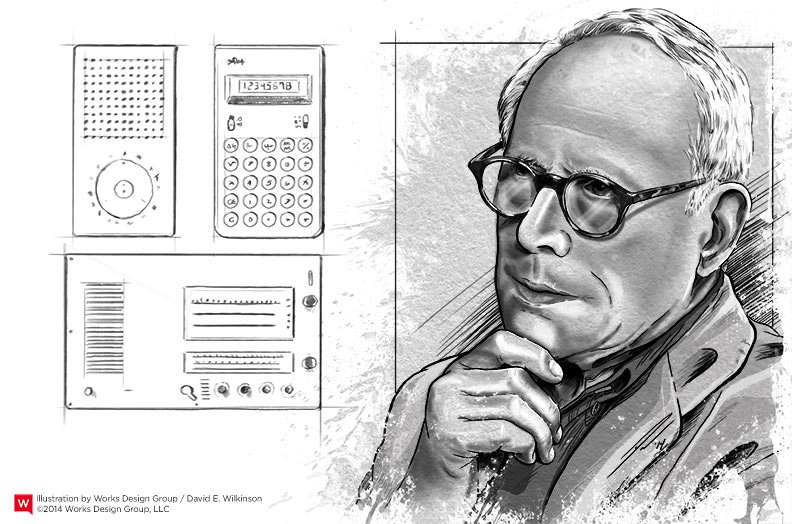Creative Titans: Dieter Rams and the 10 Principles of Good Design
January 24, 2018 - by korygDieter Rams is a German industrial designer and respected product design guru. With more than seven decades’ worth of design experience, he has earned a list of notable awards and accomplishments over the years, and is one of the most important designers in recent history.
While he never worked for Apple, his designs are said to be the inspiration for a number of the Apple products that we know and love today. In fact, Jonathan Ive has publicly acknowledged Dieter Rams as his inspiration. In the 2009 documentary, “Objectified”, Rams claims that Apple is one of few companies who design according to his principles of good design.
Popular Work
Dieter Rams is most commonly known for his work with Braun, where he served as the head of design from 1961-1995. He has helped design useful, visually appealing gadgets for around the home. Due in part to the user friendliness and look of Braun products, they became a household name in the 1950s. While he retired from Braun in 1997, Rams continues to work with Vitsoe furniture designs today.
There have been a number of books published about Rams and his work. His designs can also be found in touring and permanent exhibitions and museums around the world. His 10 principles of good design have also been widely studied and used by designers and non-designers alike.
Design Strategy
Rams created the 10 principles of good design, which revolve around bringing simplicity and purity back into the product design process. His strategy and principles are built around the fact that good design is innovative, aesthetic, honest, long-lasting, unobtrusive, thorough, and environmentally-friendly. As he has so eloquently put it, his design approach is: “Good design is as little design as possible.” Below are his fabled 10 Principles (from his Wikipedia page):
Good design:
- Is innovative – The possibilities for progression are not, by any means, exhausted. Technological development is always offering new opportunities for original designs. But imaginative design always develops in tandem with improving technology, and can never be an end in itself.
- Makes a product useful – A product is bought to be used. It has to satisfy not only functional, but also psychological and aesthetic criteria. Good design emphasizes the usefulness of a product whilst disregarding anything that could detract from it.
- Is aesthetic – The aesthetic quality of a product is integral to its usefulness because products are used every day and have an effect on people and their well-being. Only well-executed objects can be beautiful.
- Makes a product understandable – It clarifies the product’s structure. Better still, it can make the product clearly express its function by making use of the user’s intuition. At best, it is self-explanatory.
- Is unobtrusive – Products fulfilling a purpose are like tools. They are neither decorative objects nor works of art. Their design should therefore be both neutral and restrained, to leave room for the user’s self-expression.
- Is honest – It does not make a product appear more innovative, powerful or valuable than it really is. It does not attempt to manipulate the consumer with promises that cannot be kept.
- Is long-lasting – It avoids being fashionable and therefore never appears antiquated. Unlike fashionable design, it lasts many years – even in today’s throwaway society.
- Is thorough down to the last detail – Nothing must be arbitrary or left to chance. Care and accuracy in the design process show respect towards the consumer.
- Is environmentally friendly – Design makes an important contribution to the preservation of the environment. It conserves resources and minimizes physical and visual pollution throughout the lifecycle of the product.
- Is as little design as possible – Less, but better – because it concentrates on the essential aspects, and the products are not burdened with non-essentials. Back to purity, back to simplicity.
Rams aims to make products that are useful and understandable, remaining functional, psychological, and aesthetic. He has stated that good product design “is a matter of balancing the esthetic content with regard to use”.
- < Previous Creative Titans: Milton Glaser Hearts NY
- Next > Creative Titans: How Paul Rand Influenced Logo Design





